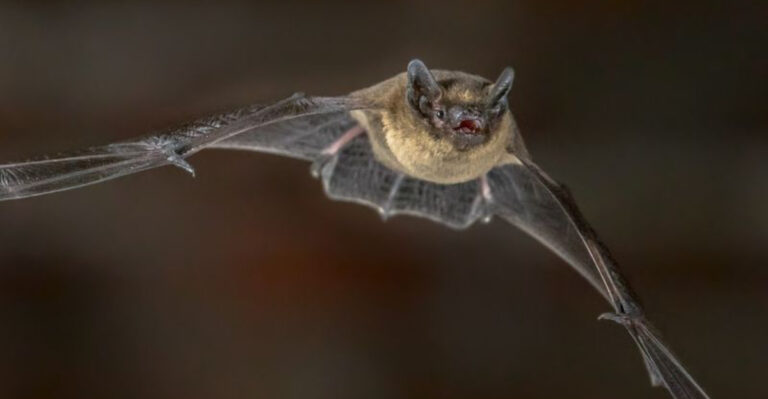13 Places Snakes Like To Hide In Your Yard Or In Your Home
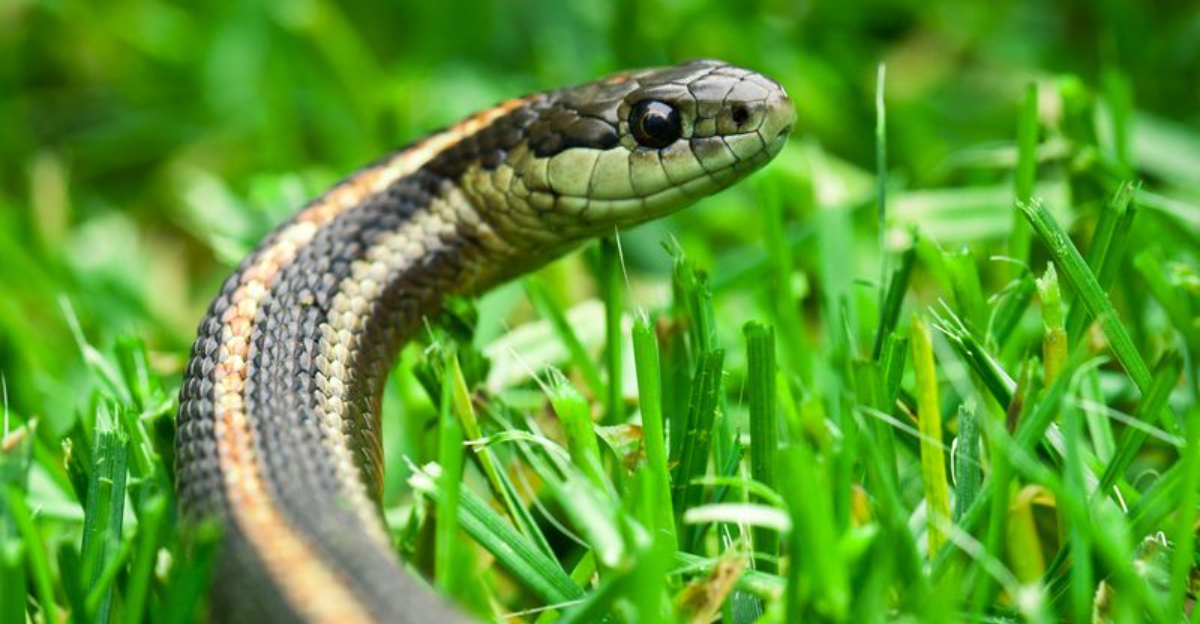
Ever felt that spine-tingling sensation when you spot something slithering nearby?
Snakes are masters of camouflage, seeking warm, quiet spots to rest undisturbed. Knowing their favorite hiding places can help you avoid unexpected encounters and keep your family safe. Let’s explore the sneaky spots where these reptiles might be lurking around your property.
1. Woodpiles And Lumber Stacks

Dark, cozy spaces between logs create perfect snake sanctuaries. The gaps offer protection from predators while maintaining ideal temperatures for these cold-blooded creatures.
Regularly relocate or elevate your woodpile to discourage permanent residents. When collecting firewood, always wear gloves and use a tool to move logs rather than reaching in blindly.
2. Tall Grass and Unmowed Lawns

Knee-high grass transforms your yard into a snake paradise. The dense vegetation provides excellent cover for hunting smaller prey like mice and insects.
Regular mowing isn’t just about curb appeal—it’s a practical way to reduce snake habitat. Keep grass under 4 inches tall, especially near play areas and high-traffic zones where family members frequently walk.
3. Garden Mulch And Leaf Piles
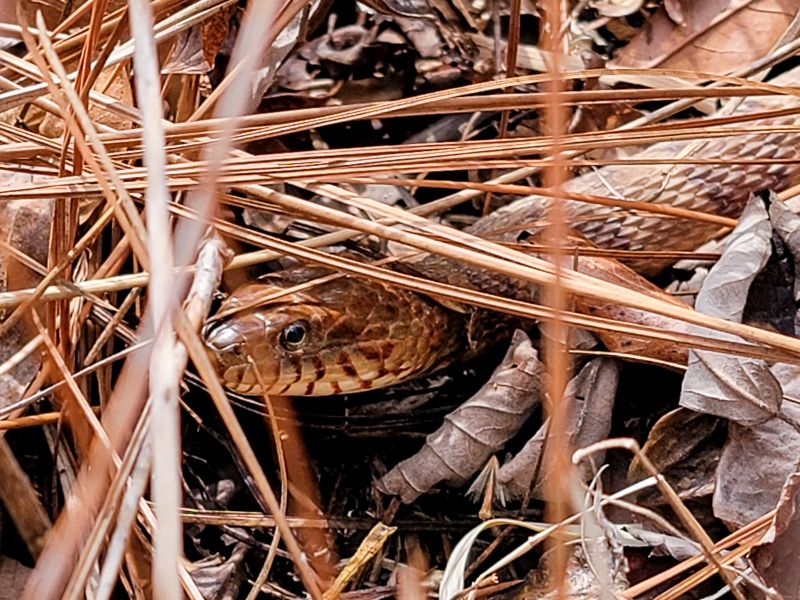
Garden beds covered with thick mulch attract snakes seeking moisture and warmth. Decomposing organic matter also draws insects and rodents—a snake’s favorite menu items.
Consider using chunky mulch instead of fine varieties to create fewer hiding spots. Rake leaves regularly rather than letting them accumulate, and keep mulch layers under 3 inches deep.
4. Rock Gardens And Stone Walls

Gaps between decorative rocks offer five-star accommodations for snakes. Sun-warmed stones provide perfect basking spots during cooler mornings while crevices offer escape from midday heat.
Fill larger gaps with mortar or small pebbles to eliminate potential homes. Consider installing hardware cloth beneath rock features when first building them to prevent snakes from establishing residence.
5. Basement Clutter And Storage Areas
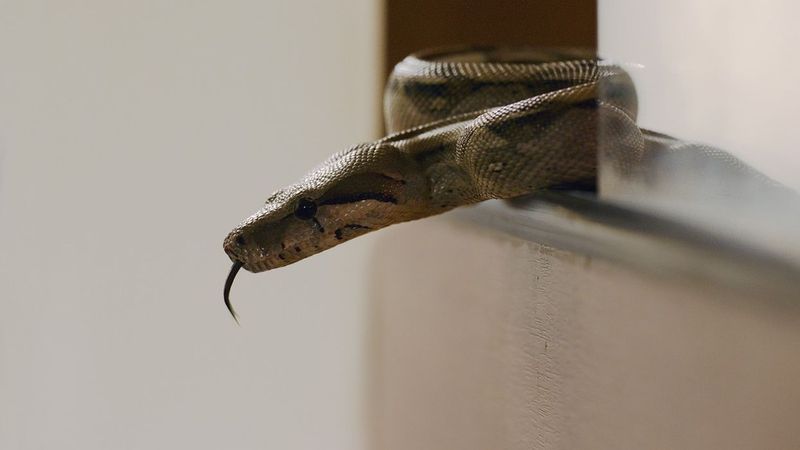
Forgotten boxes and rarely disturbed basement corners make excellent snake hideouts. The stable temperature and lack of human activity create an appealing indoor habitat.
Store items in sealed plastic containers rather than cardboard boxes. Keep basement floors clear, and regularly inspect dark corners with a flashlight. Reducing clutter eliminates potential snake apartments.
6. Crawl Spaces Under Porches
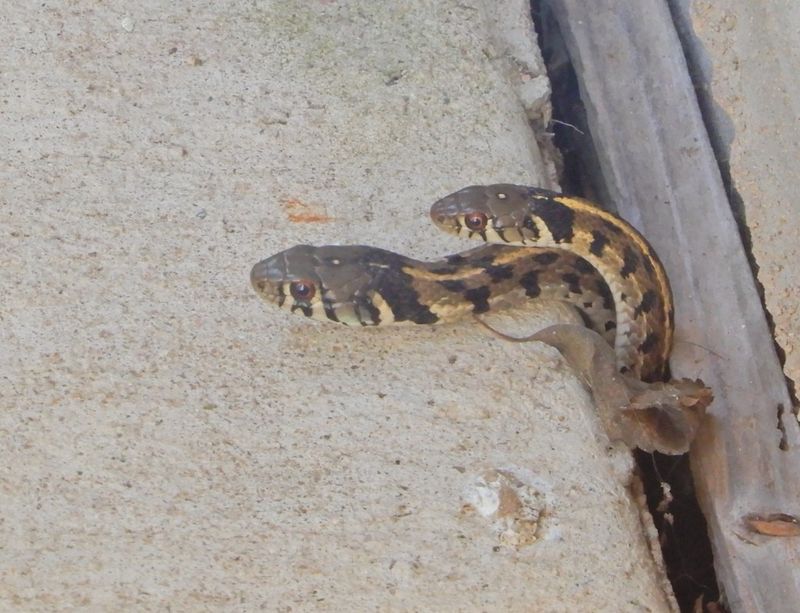
The dark area beneath your porch practically rolls out the red carpet for snakes. These spaces offer security from predators and protection from extreme weather conditions.
Install fine mesh screens around the perimeter of raised porches and decks. This simple barrier prevents entry while still allowing for proper ventilation, making your porch less appealing to slithering visitors.
7. Compost Heaps And Bins
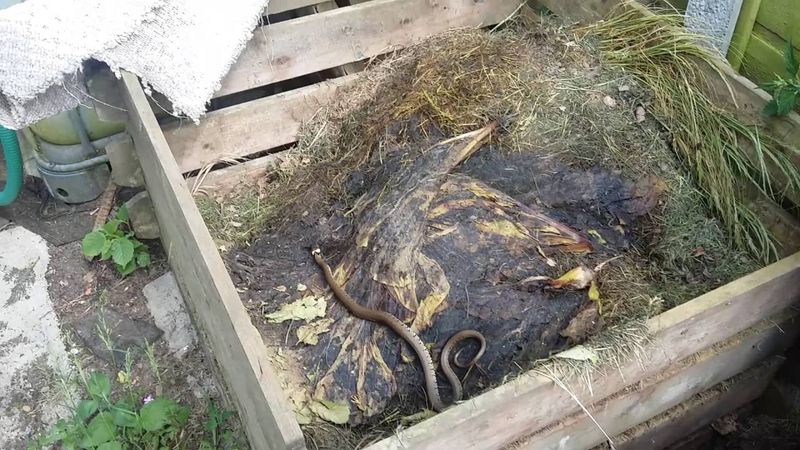
Your eco-friendly compost pile doubles as a snake buffet. The decomposing materials attract rodents and insects, which in turn attract hungry snakes looking for an easy meal.
Use enclosed compost bins with solid bottoms instead of open piles. Turn compost regularly with a pitchfork rather than hands, and keep bins away from the house to reduce chances of snakes venturing indoors.
8. Shrubs And Dense Vegetation

Overgrown bushes against your house create perfect snake highways. The thick foliage offers protection while they travel between hunting grounds and resting spots.
Trim bushes so branches don’t touch the ground, creating a gap snakes are reluctant to cross. Keep a plant-free zone of at least 6 inches between shrubs and your home’s foundation to eliminate easy access routes.
9. Water Features And Pond Edges
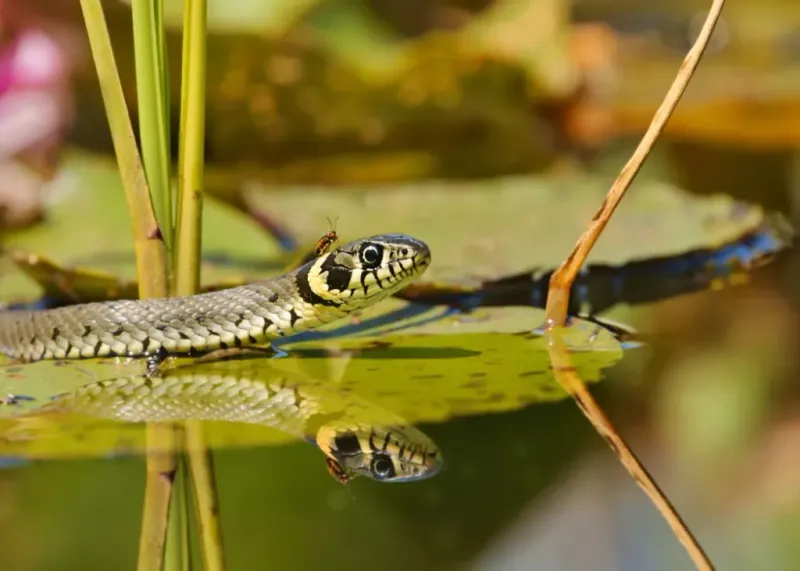
Garden ponds attract thirsty snakes seeking refreshment. The moist environment around water features also supports frogs and other prey animals that snakes find irresistible.
Keep pond areas well-maintained with short grass around the perimeter. Consider installing mesh fencing around decorative ponds, especially if you have small children or pets who might accidentally disturb a resting snake.
10. Attics And Wall Voids

Damaged roof vents or gaps in eaves can welcome snakes into your attic. Once inside, the insulation provides cozy nesting material, while the undisturbed environment offers peace and quiet.
Seal all potential entry points with hardware cloth or caulk. Inspect your home’s exterior regularly for cracks and openings that might serve as doorways for unwanted reptilian guests.
11. Children’s Toys Left Outside

Forgotten toys scattered across the lawn create unexpected snake shelters. Plastic playhouses, sandboxes, and even upturned ride-on toys can collect heat and provide dark hiding spots.
Establish a cleanup routine after outdoor playtime. Store toys in sealed containers when not in use, and regularly check play equipment before allowing children to use it, especially after several days of non-use.
12. Cracks In Concrete Foundations
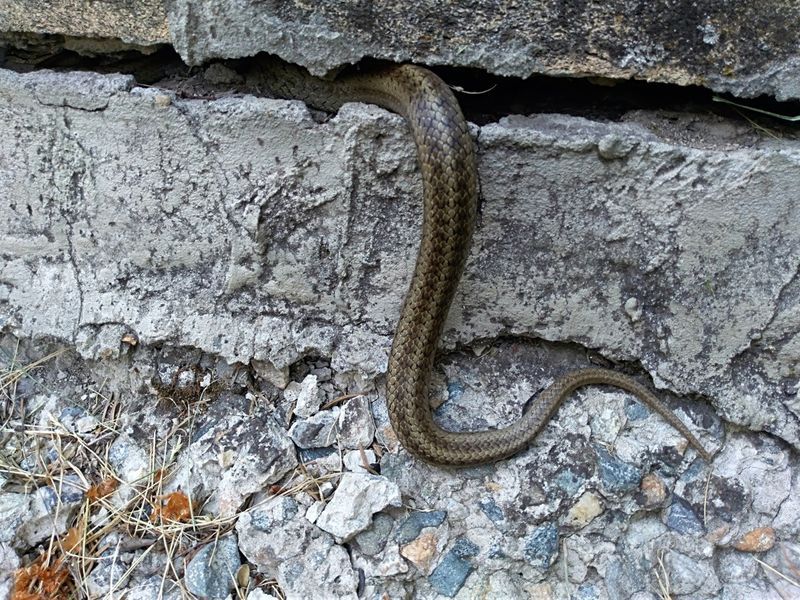
Aging foundations develop cracks that serve as snake gateways into your home. These narrow openings might seem insignificant to you but provide perfect passageways for slender reptiles seeking shelter.
Fill foundation cracks with expandable foam or concrete patch. Check for gaps where pipes enter your home, and use steel wool combined with caulk to create barriers that snakes cannot push through.
13. Abandoned Animal Burrows

Vacant rodent holes become luxury accommodations for opportunistic snakes. These ready-made tunnels save energy that would otherwise be spent digging and provide immediate protection from weather and predators.
Fill unused animal burrows with gravel and soil. Monitor your property for new holes, especially after rainy periods when softer ground makes digging easier for burrowing animals creating potential future snake homes.

